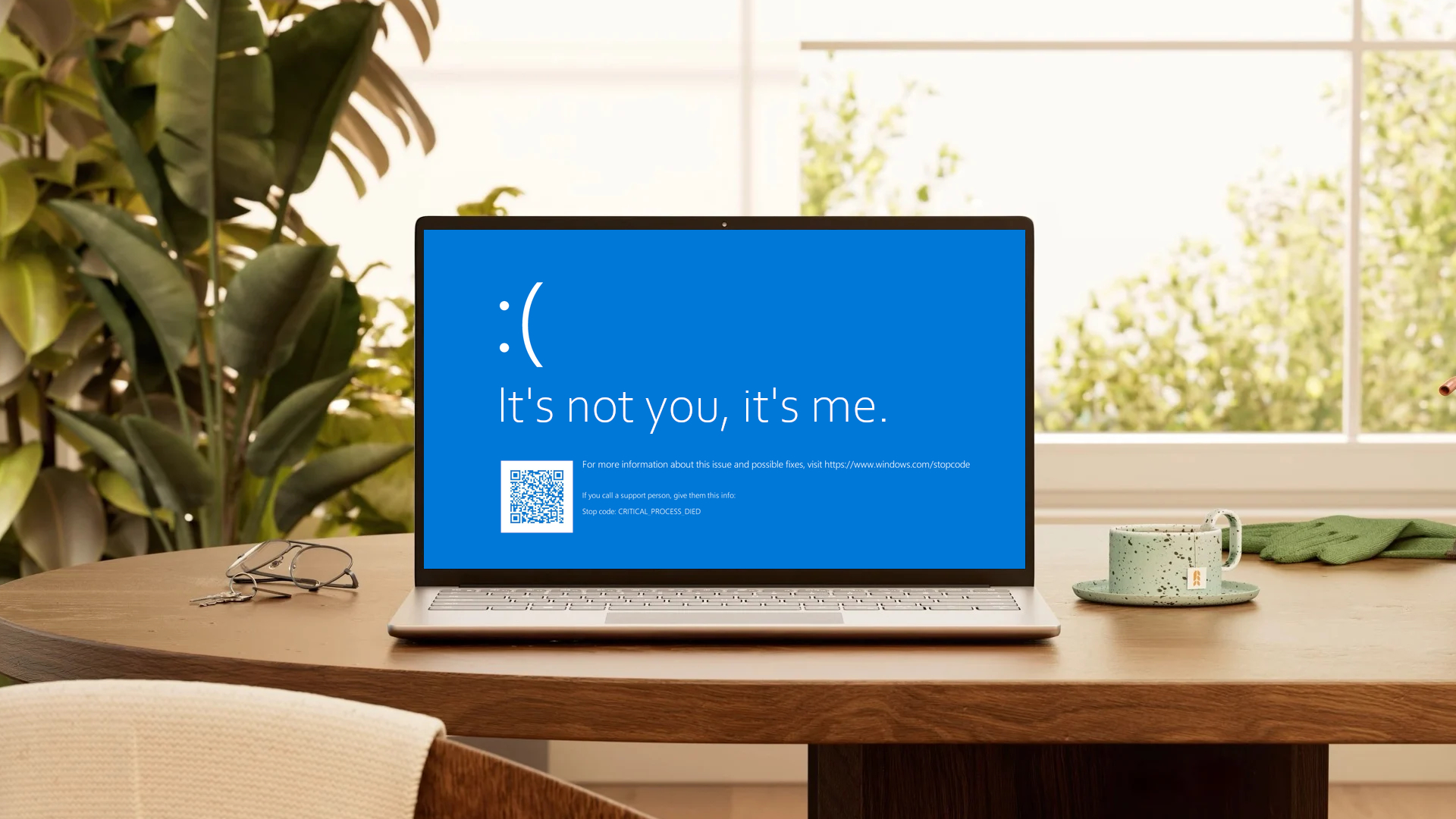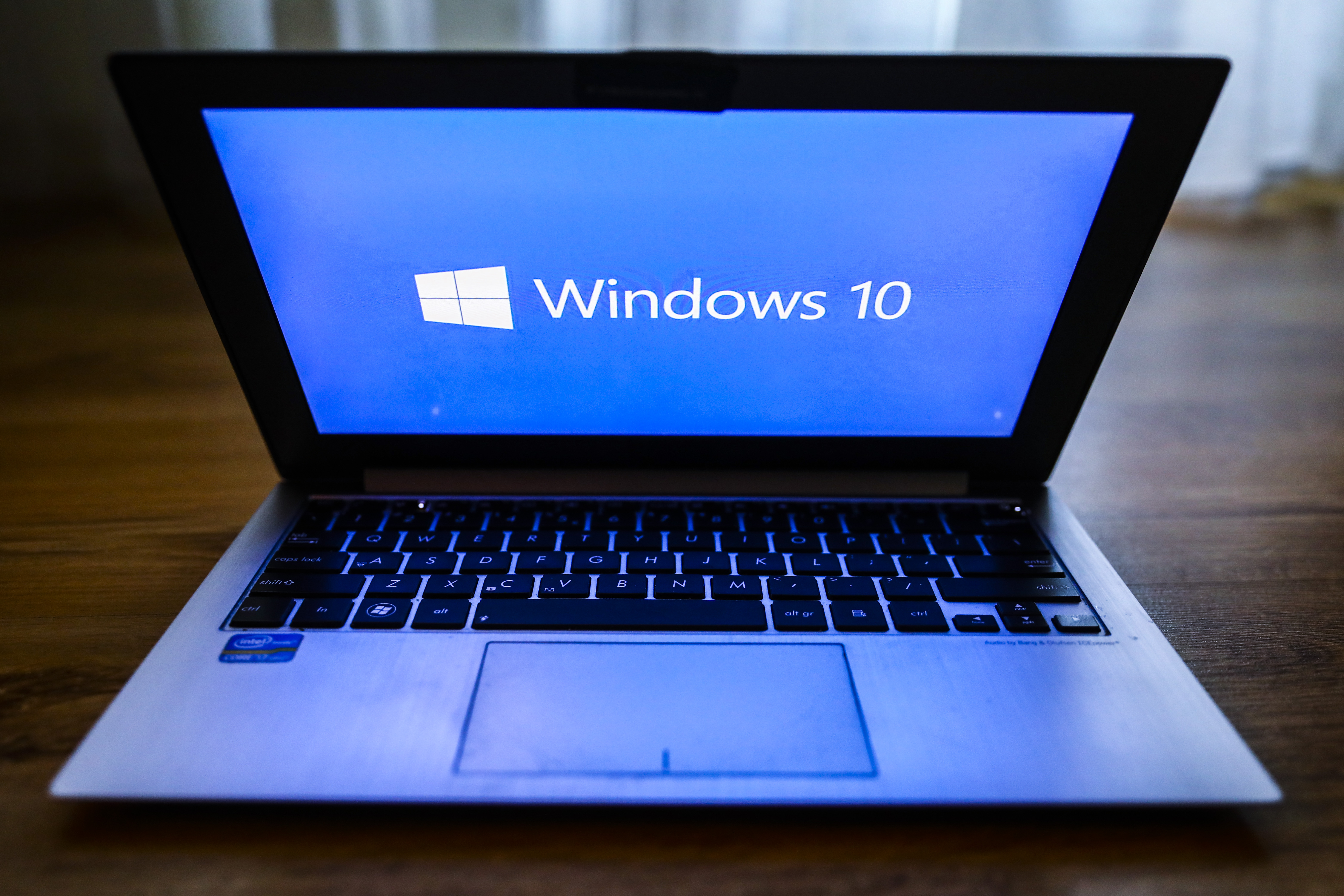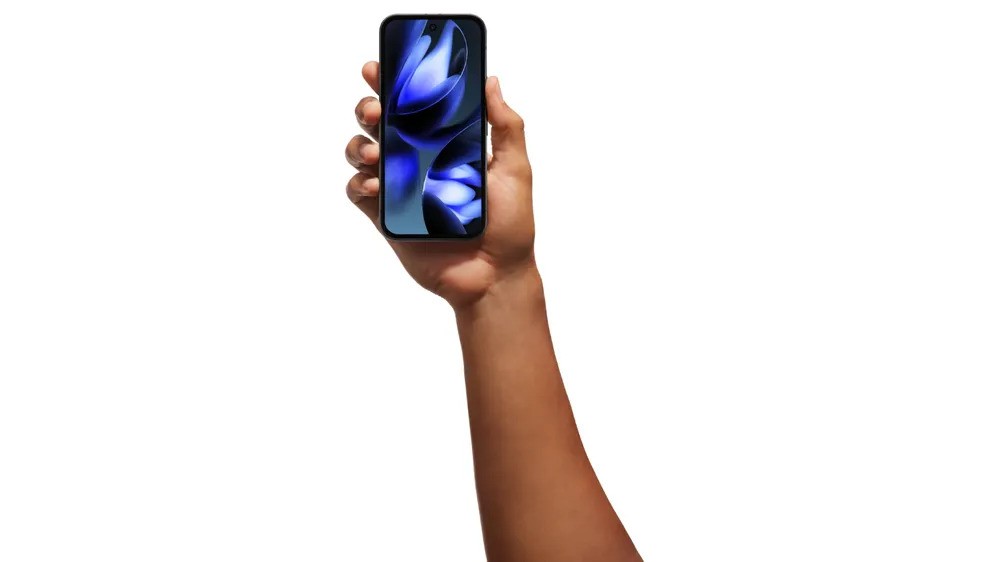If you ignore this Windows error, maybe it'll go away — or so says Microsoft
A recent Windows 10 update claims to cause an issue with Windows Recovery, but the solution seems quite simple.

Another day, another Windows update. Another Windows update, another unfortunate error.
Post-update blues are practically a rite of passage for Windows users, as any patch applied to such an all-encompassing pool of hardware is sure to have its hiccups post-release.
One of the latest relates to the Windows 10 21H2 and 22H2 April update (KB5057589), which began rolling out to users on April 8. This patch is focused on the Windows Recovery Environment (WinRE), applying the Safe OS Dynamic update to improve Windows recovery features.
However, in typical fashion, not everything is going smoothly. Users have been greeted with a foreboding 0x80070643 error on install, where an "ERROR_INSTALL_FAILURE" message would indicate something has gone awry.
If you're an affected user feeling a little on edge over the potential failed installation of one of Windows 10's most invaluable tools for protecting your data, should you ever find your system has become unbootable, worry not.
Microsoft has a bold new approach to this bug: Ignore it until it goes away.
Error 0x80070643: Have you tried turning it off and on again?
In an official support post for the KB5057589 update, Microsoft highlights the WinRE error alongside several other priority issues, including a now resolved issue that saw USB printers spitting out random text and a mitigated fault that was impacting Windows and Linux dual-boot setups.
Stay in the know with Laptop Mag
Get our in-depth reviews, helpful tips, great deals, and the biggest news stories delivered to your inbox.
Typically, an issue with a vital tool like Windows Recovery would ring alarm bells, but Microsoft seems nonplussed. While the company admits that it's working on a resolution to the issue, in the meantime, Microsoft suggests the IT classic of turning your machine off and on again and calling back later if the problem persists.
With Windows 10 rapidly nearing its October 14, 2025, end-of-support, it's tempting to frame Microsoft's advice as coming from somebody already mentally clocked out on the tail-end of a Friday afternoon at the office — having worked in technical support, I know my own tricks when I see them.
However, in this instance, that appears to be all it takes.

According to Microsoft, the 0x80070643 - ERROR_INSTALL_FAILURE message is "not accurate" and won't impact the functionality of Windows Repair. The error is primarily observed when there is "another update in the pending reboot state," and the update will "typically" show as complete following a successful restart of affected devices.
For the atypical moments when this doesn't resolve the error message, Microsoft says not to worry. It'll work itself out. Within the support documentation, Microsoft recommends putting your faith in the age-old physician of all wounds: time.
Microsoft offers some final assurances to those encountering the bug with the following clarification:
"Windows Update might continue to display the update as failed until the next daily scan, at which point the update is no longer offered and the failure message is cleared automatically."
What's next
While Microsoft's technical support for this issue feels comically cliche, it would appear to be right on the money.
Say what you will about each Windows update bringing with it a fresh set of problems, but you can't fault Microsoft for constantly engaging with those issues and seeking solutions.
However, for Windows 10 users, the availability of that support is drawing to a close as the platform nears its October 14, 2025, end-of-support date.
Beyond that point, Windows 10 users will no longer receive important security patches, features, or technical support from Microsoft unless they opt in to the company's Extended Security Updates program, covering one additional year of support for $30.
If users want to continue receiving the latest features, security patches, and technical support from Microsoft, it's advised that they upgrade to Windows 11 ahead of October's shutdown.
More from Laptop Mag

Rael Hornby, potentially influenced by far too many LucasArts titles at an early age, once thought he’d grow up to be a mighty pirate. However, after several interventions with close friends and family members, you’re now much more likely to see his name attached to the bylines of tech articles. While not maintaining a double life as an aspiring writer by day and indie game dev by night, you’ll find him sat in a corner somewhere muttering to himself about microtransactions or hunting down promising indie games on Twitter.
You must confirm your public display name before commenting
Please logout and then login again, you will then be prompted to enter your display name.
